This Robot Learns How To Solve A Rubik Cube With One Hand On Its Own
Aadhya Khatri - Oct 17, 2019
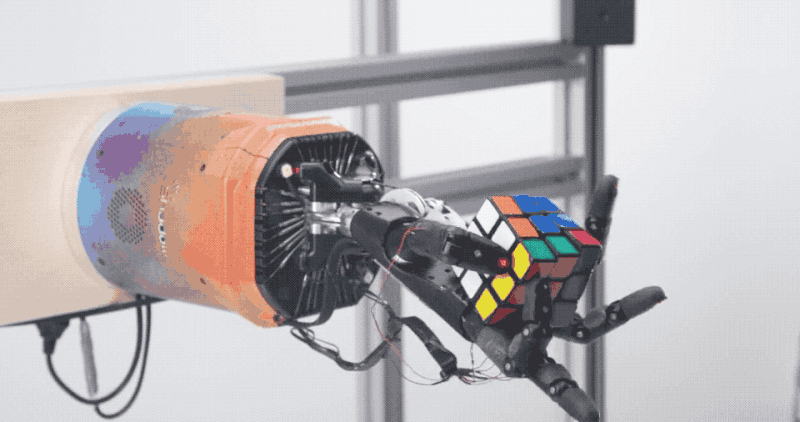
OpenAI, an organization dedicated to AI research, has made a breakthrough in building a robot that can self-learn to solve a Rubik cube
- 4 Ways AI Could Change The Mobile Gaming Industry
- Cafe In Tokyo With Robot Waiters Controlled By Disabled Staff
- New ‘Deep Nostalgia’ AI Allow Users To Bring Old Photos To Life
OpenAI, an organization dedicated to AI research, has made a breakthrough in building a robot that can self-learn. They said that Dactyl, a robot arm it created last year, had just figured out how to solve a Rubik cube with only one hand. OpenAI saw this as a big leap for both the software and the dexterity of the hardware.
In the demonstrating video, we can see how the robot completes the cube with seemingly clumsy but accurate moves. The process takes a while, but Dactyl eventually succeeded.
The robot has not reached the level of skillfulness of a human, but for OpenAI, this is a major milestone toward a goal that someday, we can have a robot that can learn new skills without being specially programmed or months of training.
According to Peter Welinder, OpenAI's robotics lead, there are several robots that can solve a Rubik cube but the robot they have just built has a key difference to all of its predecessors. While other robots are purpose-built, meaning they are created to do one specific task, there is no way you can make it do another thing without reprogramming, OpenAI's creation is the one for general purposes. It can learn to do several things, not just one task, much like what we do growing up, trying to master the skills needed for our daily life.
What Welinder is talking about is several robots built in the last few years that can solve Rubik cubes faster than a typical human. Back in 2016, Infineon, a semiconductor maker, made a robot that can do the task at such a fast speed that no human can match. The robot managed to do so under one second, breaking the record of five seconds held by a human. In 2018, a robot of MIT could solve a Rubik cube in just 0.4 seconds.
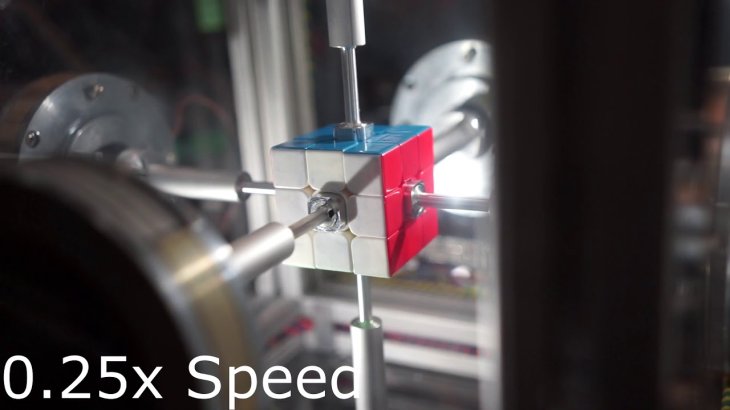
If we create a robot to do only one specific task, it may perform it better than any human can ever do. However, Dactyl of OpenAI follows a totally different path. It was developed to be a robot with self-learning capacity, much like what a human would. This is for a vision that someday, we will have robots that can operate in human society without endangering us as well as adapt to the changing environments in factories or on the streets.
To make Dactyl solves the Rubik cube, OpenAI did not program it for only that particular task. Instead, they gave the software the target of solving the cube and leave it to figure everything else on its own. Reinforcement learning was called into play to help. This was how OpenAI made their Dota 2 bot.
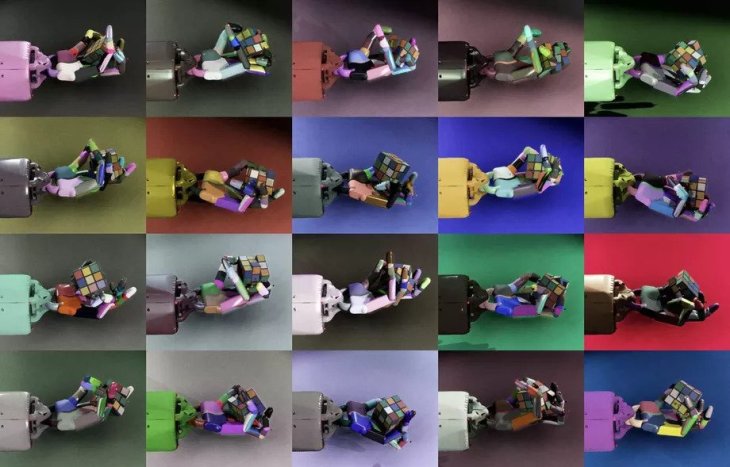
Because of safety concerns and limitations in training, robots used commercially today are programmed with specific instructions to follow other than having AI to self-learn. With the old way to build robots, scientists and engineers will make specialized algorithms to solve one specific task. In order to do that, they need accurate models for the environment the robot will work in as well as for the robot itself. And scientists will know beforehand how the robot will do what it is assigned because that is the way it is programmed.
This is the reason why robots we see in real life cannot reach the versatility of a human. However, with AI, the robot can learn in the way we do to perform tasks like frying an egg to open the door. We still have decades of development to see that dream happens. And recent breakthroughs like image recognition and machine translation are not actually helping us realizing that ambition at all.
Dactyl has a human-like hand instead of the pincers or claws you normally see in factories. And to make the software learn how to best use the joints, it has been put through a simulation of thousands of years of training before attempting on a Rubik cube. In order to train the robot to operate in the real world, scientists need a massive amount of data. Even for a human, one may need years of practice to master one particular skill, and we have millions of years of evolution to be able to use our hands at this level of dexterity we see today, as well as to develop the ability to learn new skills if our daily life requires it.
The simulation environment has a huge advantage, which is the fact that we can speed up the learning process. Other organizations have run into lots of trouble when trying to integrate the training into robots. OpenAI said that they were among the firsts to see this much progress.
When Dactyl was given the cube, it had to put all of its training to work under unfamiliar conditions, including performing the task with only one hand, even with a glove on, and having two fingers taped together. The OpenAI team also tried to distract the robot by showering bubbles on it or poking it. The team said that even when they tried to distract it, the robot was still able to solve the Rubik cube successfully. The scientists did not prepare it for these obstacles when they trained it, which was a surprising result even for the team itself.
This is why Dactyl’s achievement is regarded as a leap for both hardware development and AI training. Boston Dynamics robots might be able to do incredible tasks, but even they cannot operate on their own without the intervention of humans.

According to OpenAI, Dactyl is another step forward in making a kind of robots that can work with humans and perform tasks like housework, with no programming controlling what they do.
Featured Stories
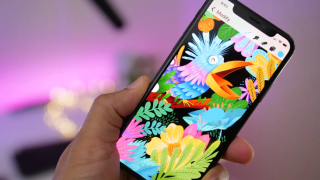
Features - Jan 23, 2024
5 Apps Every Creative Artist Should Know About
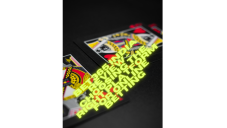
Features - Jan 22, 2024
Bet365 India Review - Choosing the Right Platform for Online Betting

Features - Aug 15, 2023
Online Casinos as a Business Opportunity in India

Features - Aug 03, 2023
The Impact of Social Media on Online Sports Betting

Features - Jul 10, 2023
5 Most Richest Esports Players of All Time

Features - Jun 07, 2023
Is it safe to use a debit card for online gambling?

Features - May 20, 2023
Everything You Need to Know About the Wisconsin Car Bill of Sale

Features - Apr 27, 2023
How to Take Advantage of Guarantee Cashback in Online Bets

Features - Mar 08, 2023
White Label Solutions for Forex

Review - Jul 15, 2022
Comments
Sort by Newest | Popular